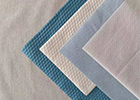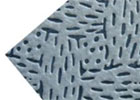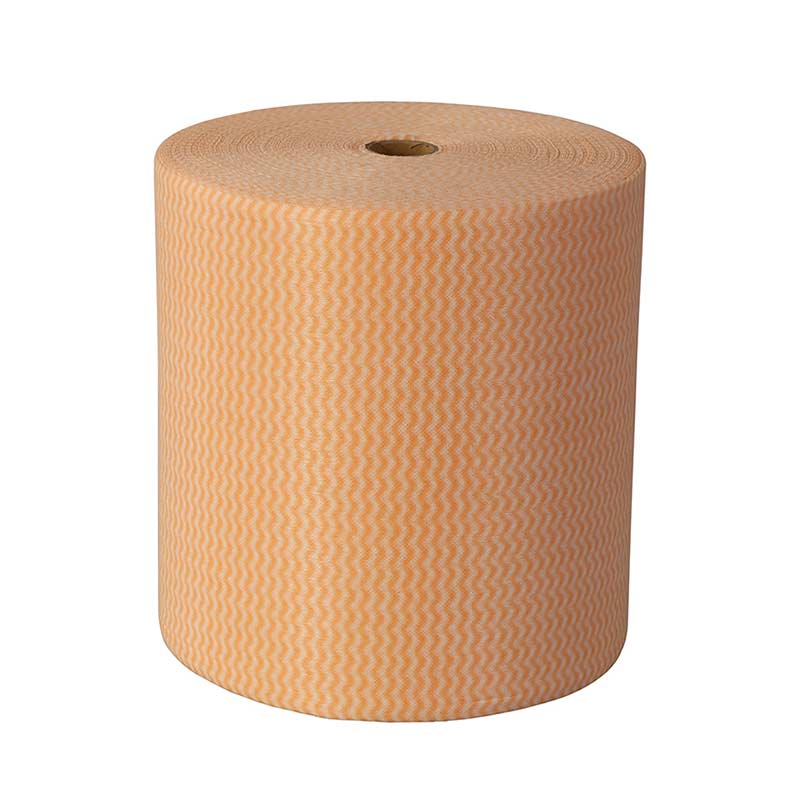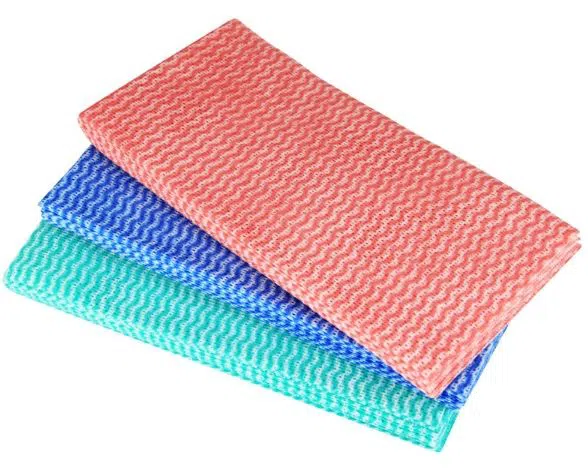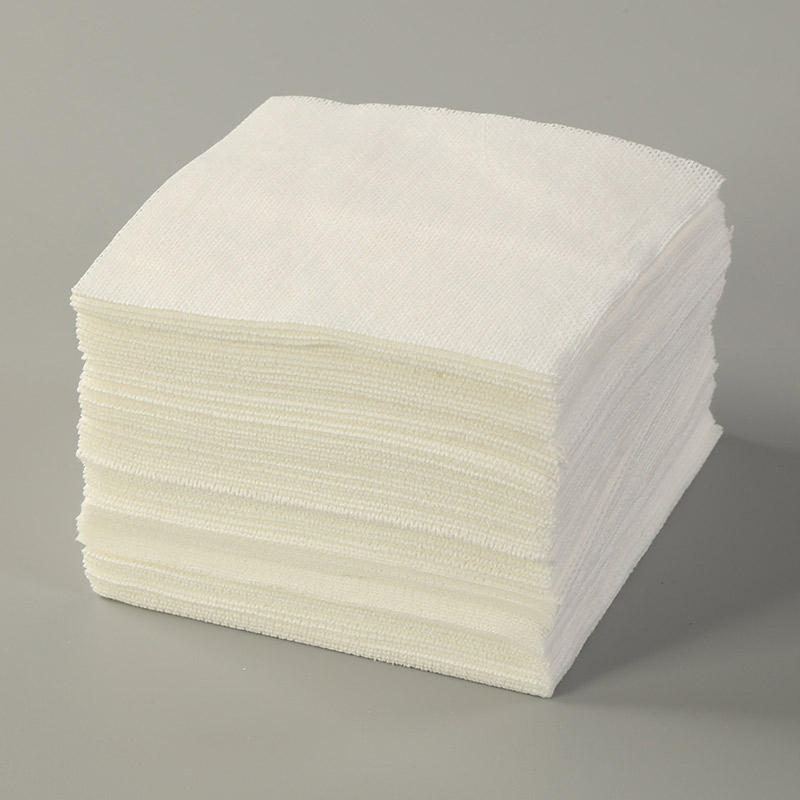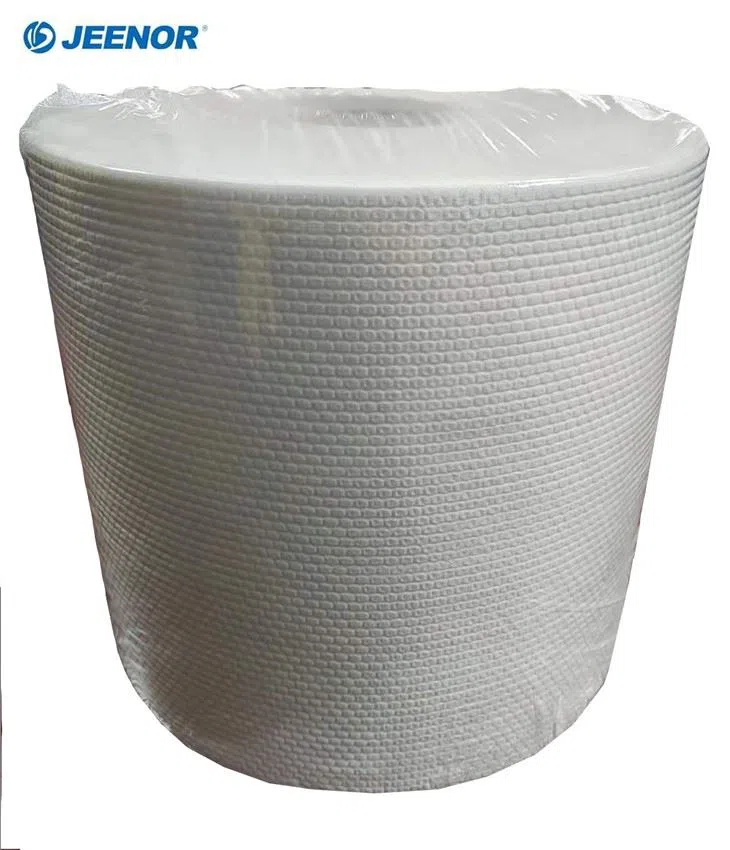What Non-woven Fabrics Can Do?
What Are Non-woven Fabrics?
Non-woven fabrics are made from long fibers, bonded together by heat, adhesive, or mechanical interlocking. Unlike woven fabrics, which are held together by yarns interlaced in a warp and weft, non-wovens are more like a web held together in a three-dimensional structure.Applications for non-woven fabrics are many and varied. They can be used as insulating materials, filters, absorbents, liners, reinforcement materials, and in numerous other ways where a fabric with specific properties is required.
How Non-woven fabrics Are Produced:
Non-woven fabrics are broadly defined as sheet or web structures bonded together by entangling fiber or filaments (and by perforating films) mechanically, thermally or chemically. They are flat, porous sheets that are made directly from separate fibers or from molten plastic or plastic film. They are not made by weaving or knitting and do not require converting the fibers to yarn.Non-woven fabrics are produced by bonding together fibers to create a fabric. The fibers can be natural, like cotton or wool, or synthetic, like polyester or nylon.
There are three main methods for producing non-woven fabrics:
1. Spunbond: In this method, molten polymer is extruded through small holes in a spinning die. The fiber is then drawn and cooled by air before being collected on a roller.
2. Meltblown: In this method, molten polymer is extruded through small holes in a spinning die. The fiber is then blown by hot air and collected on a roller.
3. Thermoforming: In this method, a sheet of plastic is heated and then formed into the desired shape. The resulting fabric has a three-dimensional structure that can be used for filtration or insulation.
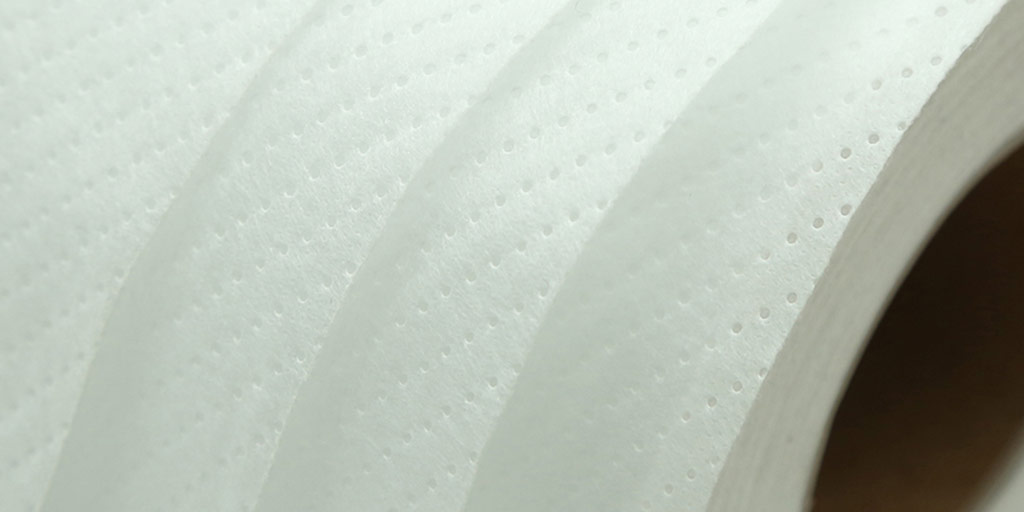
Advantages Of Non-woven Fabrics
There are many advantages of non-woven fabrics. Non-wovens are made from a variety of natural and synthetic fibers that are bonded together by mechanical, heat or chemical means.
Some of the advantages of non-woven fabrics include:
They are strong and durable.
They are absorbent and can be used as filters.
They can be used to make products waterproof.
They can be used as thermal and acoustical insulation.
They can be used in packaging to protect products from damage.
Types Of Non-woven Fabrics
There are numerous types of non-woven fabrics available. They can be made from various materials, such as polyester, nylon, fiberglass, and more.
There are several types of non-woven fabrics, each with its own set of properties and uses.
1. Spunbond Non-Woven Fabric: Spunbond non-woven fabric is made from long fibers that are spun together to form a strong, durable material. It is often used in medical applications, such as surgical gowns and diapers.
2. Meltblown Non-Woven Fabric: Meltblown non-woven fabric is made from short fibers that are melted and blown together to form a web-like material. It is often used as a filter or insulation material.
3. Stitchbond Non-Woven Fabric: Stitchbond non-woven fabric is made by stitching together shorter fibers to form a strong, flexible material. It is often used in upholstery and carpeting.
The Use Of Non-woven Fabrics
Non-woven fabrics are used in a variety of medical applications, such as surgical gowns, drapes, and wraps. They are also used in isolation gowns, patient gowns, and other items worn by medical personnel. Non-woven fabrics are also used in wound dressings, such as bandages and gauze pads.
In the medical industry
Non-woven fabrics are widely used in the medical industry for a variety of applications, such as surgical gowns, face masks, and wound dressings.
The use of non-woven fabrics allows for the production of disposable medical products that are strong and durable yet affordable. The fabric is also hypoallergenic and can be made into different shapes and sizes to meet the needs of different patients.
In construction
Non-woven fabrics are a type of textile that is made from long fibers, bonded together by chemical, mechanical, heat or solvent treatment. The term is used in the textile manufacturing industry to denote fabrics, such as felt, which are neither woven nor knitted.
Precautions For Using Non-woven Fabrics
Non-woven fabrics are made from fibers that are bonded together by heat, pressure or chemical treatment.
They are used in a variety of applications, including as filters, insulation and reinforcement in composite materials.
While non-woven fabrics have many advantages, they can also pose some risks if they are not used properly.
Here are some precautions to take when using non-woven fabrics:
1. Avoid inhaling dust from the fabric.
2. Wear gloves when handling the fabric to avoid skin irritation.
3. Do not use the fabric in an area where there is a risk of fire.
4. Dispose of the fabric properly after use.
About JEENOR Material
Hangzhou Jeenor Industrial Co., Ltd., manufacturers and converts nonwoven materials at factories in Hangzhou-near Ningbo port and Shanghai port. The company was founded in 2008, formerly called Hangzhou Jeenor Cleaning Supply Co., Ltd.With roots in spunlace nonwovens, we began producing in 2008 on one line, expanded these two years with two additional spunlace lines, and can currently make 9,000 tons of spunlace nonwovens in widths ranging from 1.5 to 3.5 meters per year.




